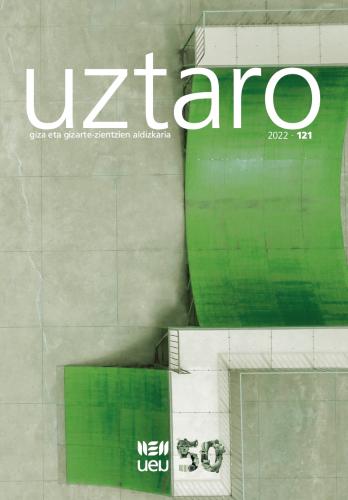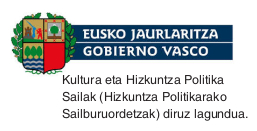Muturreko goiztiarren profil neuropsikologikoaren luzetarako azterketa
DOI:
https://doi.org/10.26876/uztaro.121.2022.7Gako-hitzak:
Muturreko goiztiartasuna, Neurogarapena, Ebaluazio neuropsikologikoa, Luzetarako diseinuaLaburpena
Muturreko goiztiarrek neurogarapenari dagokionez duten zaurgarritasunaren inguruan literatura zientifikoa bada ere, gaur egun arte ez da horren deskribapenik egin gure inguru geografikoan. Haurren zailtasun eta beharrak garapeneko aldi bakoitzean aldatzen direla kontuan izanik, lan honen helburua muturreko goiztiarren jarraipen neuropsikologikoa egitea da. Bi urterekin garapen psikomotorra (Bayley- III) eta 6 urterekin adimen-maila (WISC-V) eta domeinu kognitibo zein sintoma sozioemozional desberdinak aztertu dira 23 haurretan. Bi urterekin domeinu zehatz batzuetan zailtasunak aurkeztu badira ere (hitzezko ekoizpenean eta motrizitate sendoan), eskola-adinean adimen-koziente arinki murriztua eta arreta mantenduan, funtzio exekutiboan eta hitzezko ulermenean zailtasunak behatu dira. Aldiz, ez da maila sozioemozionalean zailtasunik topatu. Emaitzek aditzera ematen dute muturreko goiztiarren zaurgarritasuna eta populazio horren jarraipena skolaadineraino egiteko beharra. Era berean, gure lurraldean tresna neuropsikologikoen baliozkotasunaren inguruan egin beharreko lana agerian uzten da.
Deskargak
Lizentzia
Copyright (c) 2022 Uztaro

This work is licensed under a Creative Commons Attribution-NonCommercial-ShareAlike 4.0 International License.




















